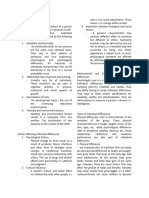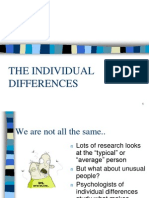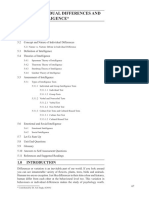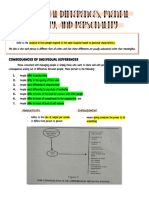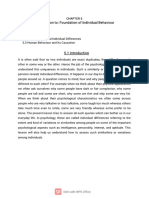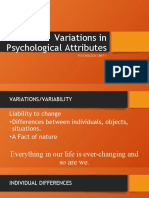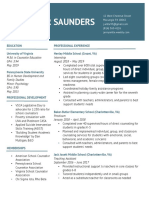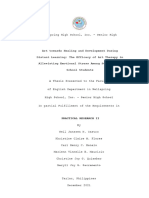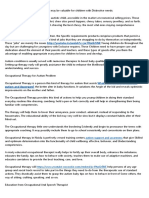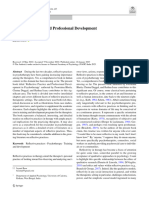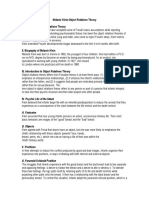0% found this document useful (0 votes)
8 views15 pagesOB Unit I
The document provides an overview of Organizational Behavior (OB) and Organizational Psychology (OP), defining them as studies of human behavior within organizational contexts. It discusses the importance of OP, individual differences, intelligence tests, and personality assessments, highlighting various types of individual differences and personality tests used in organizational settings. Additionally, it outlines the significance of understanding these concepts for improving workplace dynamics and employee satisfaction.
Uploaded by
Niharika MishraCopyright
© © All Rights Reserved
We take content rights seriously. If you suspect this is your content, claim it here.
Available Formats
Download as PDF, TXT or read online on Scribd
0% found this document useful (0 votes)
8 views15 pagesOB Unit I
The document provides an overview of Organizational Behavior (OB) and Organizational Psychology (OP), defining them as studies of human behavior within organizational contexts. It discusses the importance of OP, individual differences, intelligence tests, and personality assessments, highlighting various types of individual differences and personality tests used in organizational settings. Additionally, it outlines the significance of understanding these concepts for improving workplace dynamics and employee satisfaction.
Uploaded by
Niharika MishraCopyright
© © All Rights Reserved
We take content rights seriously. If you suspect this is your content, claim it here.
Available Formats
Download as PDF, TXT or read online on Scribd
/ 15

